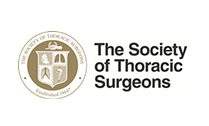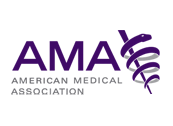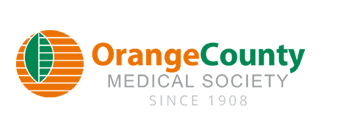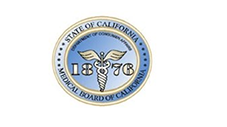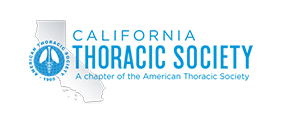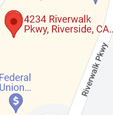Endobronchial Ultrasound (EBUS)
Endobronchial ultrasound (EBUS) is a technique that helps in diagnosis and evaluation of the stage of a lung cancer. It helps visualize airway walls and other adjoining structures. The endobronchial ultrasound helps to visualize the different layers of bronchial wall with mucosa, submucosa, endochondrium, cartilage, perichondrium, connective tissue and adventitia.
Endobronchial ultrasound aids the doctor in diagnosing the exact stage of lung cancer which helps in choosing the most appropriate treatment for the patient. Having a high diagnostic value and low risk, it has replaced the more invasive procedures for the evaluation of lung cancer. Accurate staging reduces the need for surgery.
Indications
The major indications for which endobronchial ultrasound is employed are:
- To examine the presence of tumors or enlarged lymph nodes in different regions of the lungs including mediastinum and hilum (the area near the top of the lungs)
- To evaluate mediastinal lesions, intrapulmonary pulmonary nodules, and endobronchial lesions
- Helpful in providing additional information during interventions procedures such as stricture dilatation, stenting, laser therapy, argon plasma coagulation, and endobronchial resection
Procedure
Bronchoscopy is conducted before an endobronchial ultrasound wherein a tube is inserted through the mouth or nose, into the large airways passing into the lungs of the patient. The tube is positioned at the desired location. Then with the help of special ultrasound probe sound waves (ultrasound) are transmitted through the walls of the airways into the surrounding areas, including the lungs and mediastinum (the area of the chest that lies between the lungs). The ultrasound waves help to visualize airway wall and structures adjacent to it.
If any abnormality is observed during the procedure, the doctor will take a tissue sample, with the help of ultrasound-guided small needle (known as transbronchial needle aspiration). These samples are analyzed in the laboratory to identify the abnormality.
Contraindications
Endobronchial ultrasound (EBUS) has contraindications similar to that for flexible bronchoscopy. EBUS is contraindicated in patients with severe cardiac arrhythmias, myocardial ischemia, uncontrolled heart failure and severe hypoxemia. It is also contraindicated in uncooperative patient.
Due to the risk of bleeding during transbronchial needle aspiration, this technique is contraindicated in patients on blood thinning medications such as anti-platelet agents and anticoagulant therapy. It is also contraindicated in patients suffering with coagulopathy, thrombocytopenia, and elevated blood urea nitrogen or serum creatinine levels.
Complications
EBUS is a safe technique. Usually no serious complications are seen following this procedure. However, in some agitation, cough, hypoxia, injury to larynx, fever, bacteremia and infection, bleeding, pneumothorax and trapping of the damaged or broken equipment in the airways may be possible.











